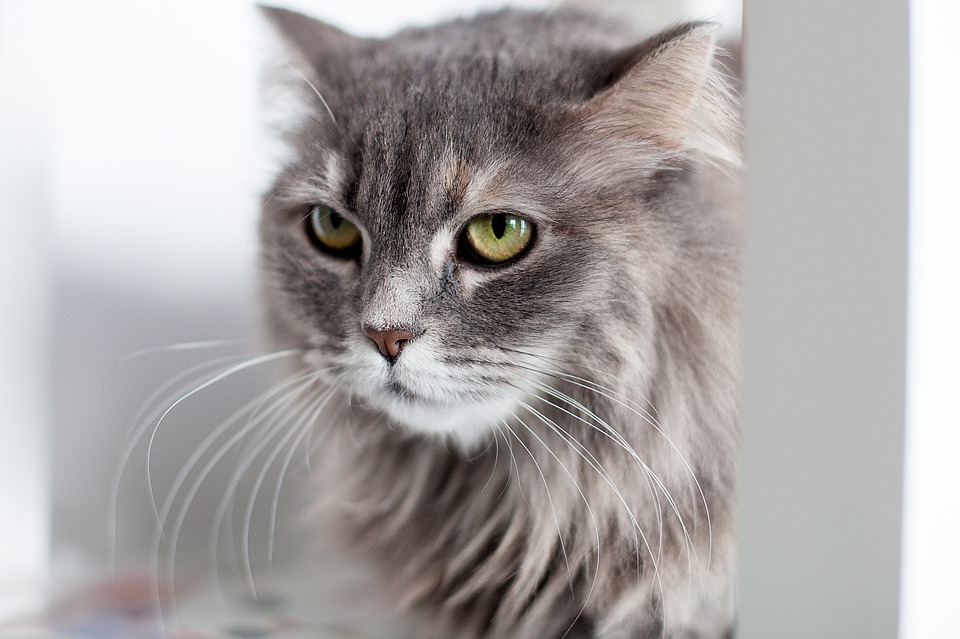Cat-Proofing Your Yard: How to Ensure a Safe Outdoor Environment for Your Feline Friend
As a cat owner, providing a safe outdoor environment is crucial to ensure the well-being of your feline friend. While cats love to explore and enjoy the outdoors, they can also encounter various hazards that may put their health and safety at risk. By cat-proofing your yard, you can create a secure and stimulating environment where your cat can roam freely. In this article, we will discuss essential measures to cat-proof your yard and answer some frequently asked questions to help you keep your furry companion safe.
Why is Cat-Proofing Your Yard Important?
Cats are naturally curious creatures, and exploring the outdoors can provide them with mental stimulation, exercise, and a chance to satisfy their hunting instincts. However, unrestricted access to your yard can expose your cat to potential dangers such as:
1. Traffic Hazards: Cats are susceptible to accidents, especially when roads or busy streets are nearby. They may wander onto the road and become victims of vehicles.
2. Poisonous Plants: Certain plants and flowers can be toxic to cats if ingested. Lilies, azaleas, and tulips are examples of common garden plants that can be harmful.
3. Chemicals and Pesticides: Fertilizers, pesticides, and other chemicals used in the yard can pose a significant risk to your cat’s health if they come into contact with them or ingest them.
4. Wildlife Encounters: Wildlife such as snakes, raccoons, or even other aggressive cats can pose a threat to your feline friend, potentially leading to injuries or the transmission of diseases.
5. Escape Routes: Cats are notorious for their agility and ability to climb fences. Without proper precautions, they may find a way to escape your yard and become lost or injured.
How to Cat-Proof Your Yard
Taking the necessary steps to cat-proof your yard can provide a safe and enriching outdoor environment for your cat. Here are some essential measures to consider:
1. Install a Cat Enclosure or Catio: Building a cat enclosure or catio is an excellent way to provide a safe outdoor space for your cat. These structures can be attached to your house or freestanding, allowing your cat to enjoy the outdoors while preventing access to potential dangers.
2. Secure Fences: Ensure your fences are secure and cat-proof. Add cat-proof barriers on top of existing fences like netting or angled extensions to prevent your cat from climbing over.
3. Eliminate Toxic Plants: Identify and remove any toxic plants from your yard. Consult with a veterinarian or refer to reliable sources to ensure the safety of all plants in your garden.
4. Store Chemicals Safely: Keep all fertilizers, pesticides, and other chemicals in a secure storage area that is inaccessible to your cat. Be cautious when using such products and follow the instructions carefully.
5. Supervise Outdoor Time: If your yard is not entirely cat-proof, supervise your cat’s outdoor activities and never leave them unattended. This allows you to intervene quickly in case of any potential dangers.
Cat-Proofing Your Yard FAQs
Q: Can I use an invisible fence to keep my cat in the yard?
A: Invisible fences are not recommended for cats. They rely on electric shock collars, which can cause anxiety and stress in cats, potentially leading to behavior problems.
Q: What are some cat-safe plants I can incorporate into my yard?
A: Some cat-safe plants include catnip, catmint, wheatgrass, and spider plants. These plants can provide entertainment and stimulation for your cat while being non-toxic if ingested.
Q: How can I prevent wildlife encounters in my yard?
A: To minimize wildlife encounters, remove any potential food sources such as open trash cans or bird feeders. Additionally, consider installing motion-activated sprinklers or ultrasonic devices to deter wildlife from entering your yard.
Q: How high should my fence be to prevent my cat from escaping?
A: A fence should ideally be at least 6 feet high to prevent most cats from jumping over it. However, some cats are exceptional climbers, so adding a cat-proof barrier on top of the fence is recommended.
By taking the necessary precautions and implementing these cat-proofing measures, you can create a safe outdoor environment for your feline companion. Remember, the well-being of your cat should always be a top priority, and providing a secure yard will contribute to their overall health and happiness.








